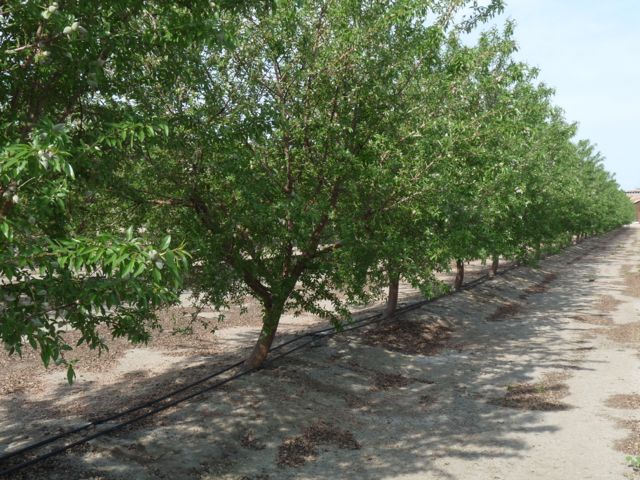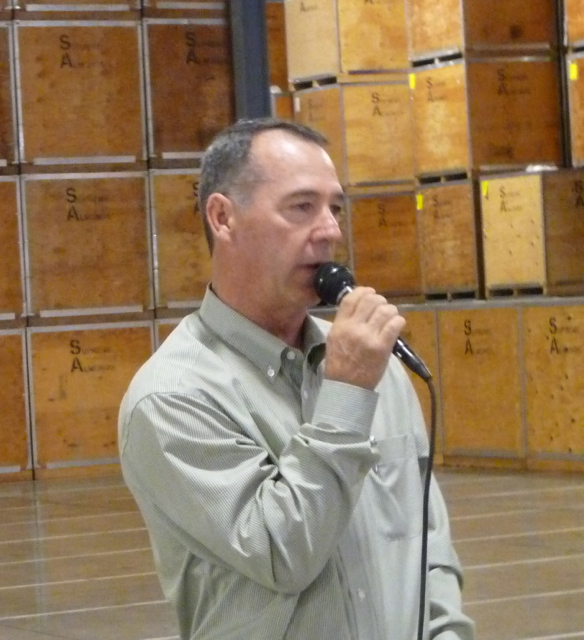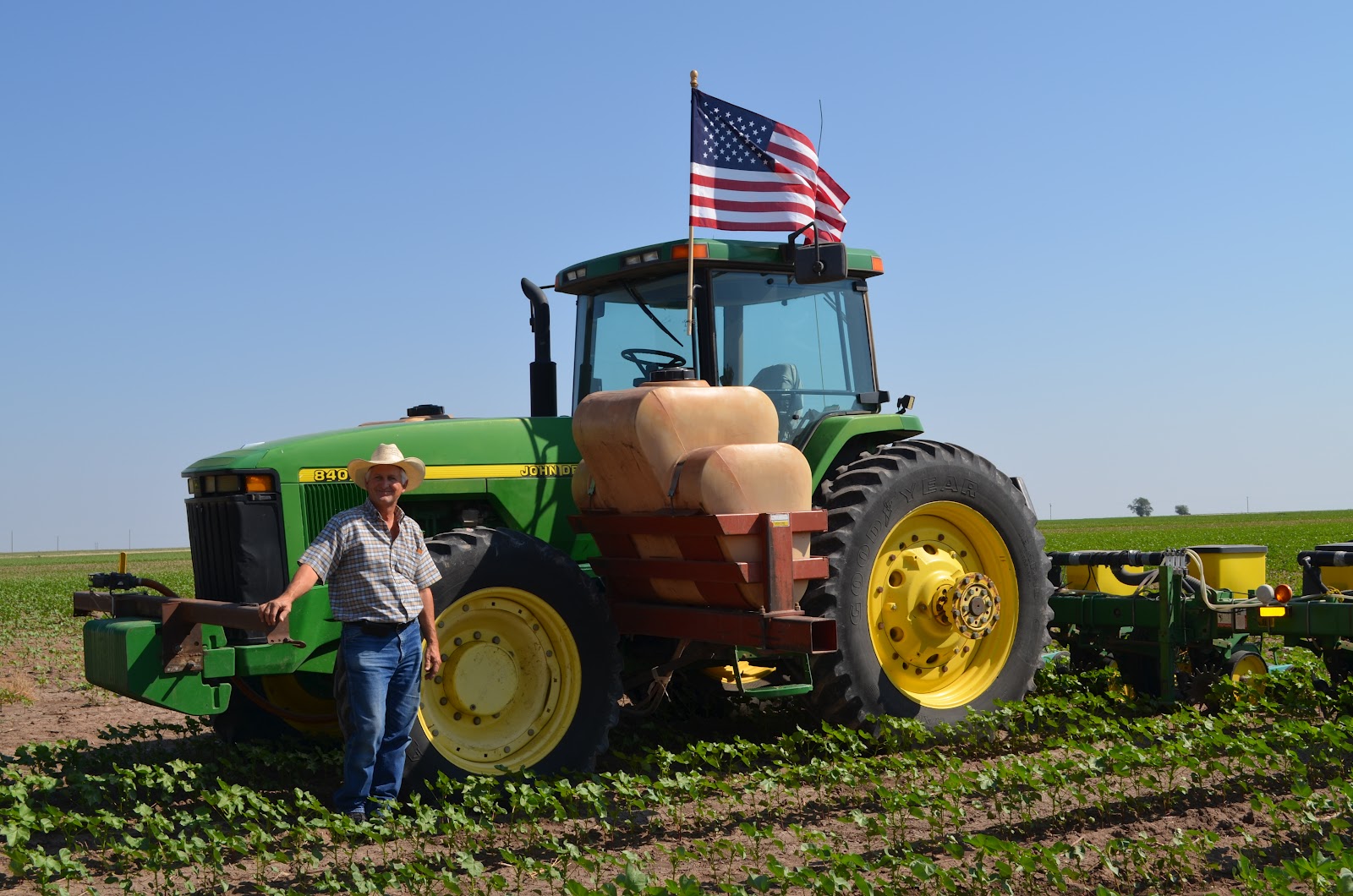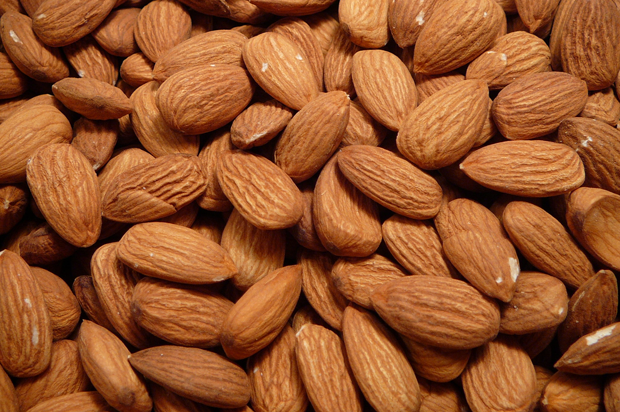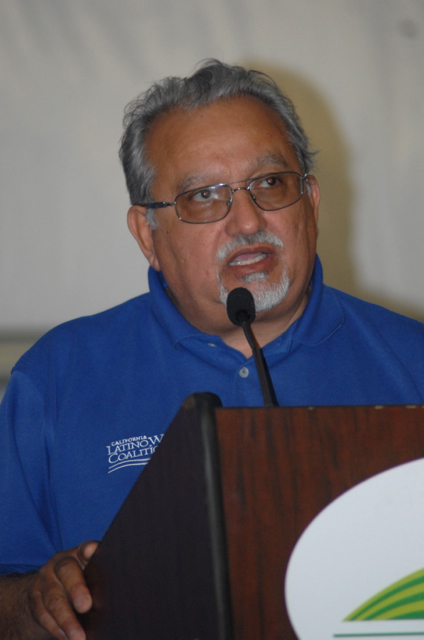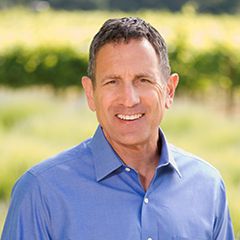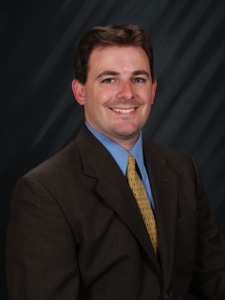CROPS ACTUALLY BORROW WATER VIA TRANSPIRATION
Almonds and All Other Crops Borrow Water Via Transpiration
By Patrick Cavanaugh, Associate Editor
Editor’s note: We interviewed Allan Fulton, UC Cooperative Extension Irrigation and Water Resources Farm Advisor, Tehama County, on an important, yet overlooked, process of a plant’s water use in agriculture. We zeroed in on a major process all plants have called transpiration in which crops borrow water.
California Ag Today (CAT): We hear in the media that our crops are using too much water. And while all plants need water to grow food, we also know that a big percentage of the water taken up by all plants actually transpires out of the plant, back into the atmosphere, to form clouds and precipitation, right?
Fulton: Yes, the water just returns to the hydrologic cycle. Most of the crops we are distributing, whether within the US or globally, are actually very low in water content.
CAT: When we think about transpiration, the plants are actually borrowing the water. Isn’t that true?
Fulton: We get a lot of questions from the general public about why we irrigate our crops so much.
The truth is, plant transpiration is a necessary biological process. The water cools the tree so it stays healthy. The water exits the leaves through special cells called stomata. While they are open, stomata allow water to transpire and carbon dioxide to enter the plant for photosynthesis, making sugars and carbohydrates, which, in turn, are used to make the fruits and the nuts that we eat.
So if we don’t have an adequately watered plant that is allowed to transpire, the plant won’t get enough carbon dioxide. The plant will grow defective fruits, and nuts—smaller, shriveled, cracked, all the things that the typical consumer does not want to buy.
CAT: Now, when we are talking about transpiration, can we say most of the water taken up by the plant ends up being transpired back to the environment for reuse? So the water transpired by the plant is definitely not being wasted?
Fulton: Definitely. Since we converted to pressurized systems, micro-sprinklers and mini-sprinklers, we have a lot more control over how much water we apply at any one time. We no longer measure water output in depths of acre-feet, or even 4-6 inches at a time anymore. Much like rainfall, we measure it in tenths of an inch, or 1 or 2 inches at most.
As a result, we use less water, so it doesn’t penetrate the soil very deeply, maybe only 1 or 2 feet each irrigation. We are very efficient with the water; but, we have to irrigate very frequently because we apply it in small doses, and we run our irrigation systems a lot. So, we are definitely using systems that stretch the water supply, not waste it.
CAT: But again, the vast majority of the water that the tree takes up is transpired, right?
Fulton: Yes. Most of the time, at least 90% of the water we apply is taken up through the tree and transpired for photosynthesis to occur.
CAT: Does transpiration increase on a hot day?
Fulton: Yes, plus the plant looses a bit from surface evaporation from the wet soil, but we try to control that with smaller wetting patterns and drip-confined wetting patterns.
When you think about it, the heat of the day occurs in the afternoon, and many systems don’t run because of energy costs. There are incentives not to pump in the middle of the afternoon; but for those who do, try to confine the wetted area to limit evaporation. The hot hours of a day comprise about 4 hours of a 24-hour cycle, so a lot of irrigation occurs at night-time or in the early morning hours to lesson evaporative loss.
CAT: Growers are doing everything they can to conserve water. If the trees and vines are all transpiring most of the applied water, what is the problem with using water to grow food?
Fulton: I think the concept throughout the United States has always been to secure our food supply. That security has many benefits—economically and politically. In the end, we are trying to provide the general public with great quality, safe food, at the best price possible.
CAT: And nutritious food. We are growing the food people need more of.

